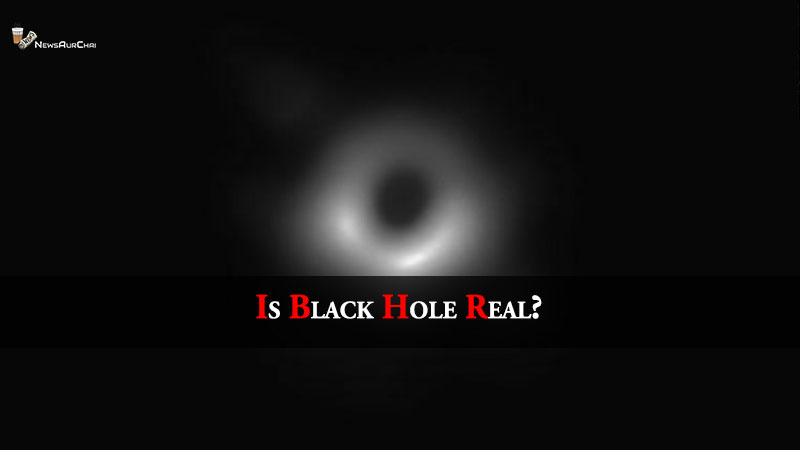Is Black Hole Real?

On 10th April 2019 took a huge event, the first-ever picture of a black hole was uncovered, producing a tremendous significance of enthusiasm and excitement across the world.
Beginning with What is a black hole?
A black hole is a sphere of space from which nothing, not even light, can escape but notwithstanding the name, they are not empty but rather consist of a large amount of material gathered densely into a small area, giving it an enormous gravitational pull.
But here the next question arises Why haven’t we observed an image of a black hole already? It was because Black holes aren’t that big.
Seems this image yet repeatedly confirm Einstein’s theory of relativity?
Yes, Einstein’s theory of relativity prognosticated that black holes exist and that they have event horizons. Also, the equations divine that the event horizon should be somewhat circular and the size should be directly related to the black hole’s mass.
Professor Stephen Hawking devoted much of his career to interpreting the puzzles of black holes, and now the final chapter of his research on the “information paradox” is online.
It’s the mark at which gravitational quickening becomes so great, that it would make it impracticable for any object to escape— even if a ray of light were to cross, it would never leave again.
However, in 1974, Hawking put forward the theory that a black hole does, in fact, release something when you throw quantum mechanics into the equation. He hypothesized that black holes had an “apparent” horizon, across which matter and light could pass while leaving back particles — now also known as Hawking radiation — that could leave the black hole.
A team of 200 scientists denoted the networked telescopes towards M87 and examined its fortitude over a period of 10 days.
One of the researchers who has fitted a signed child of the black hole photo project is MIT grad student Katie Bouman, who assisted to develop the algorithm that was adopted as a raw telescope data into the black hole picture.
Bouman’s algorithm, which she referred to as CHIRP (Continuous High-resolution Image Reconstruction using Patch priors), is intended to do just that. It receives the data gathered by telescopes around the world in the Event Horizon Telescope (EHT) project and figures out the most likely picture that fits the data.





